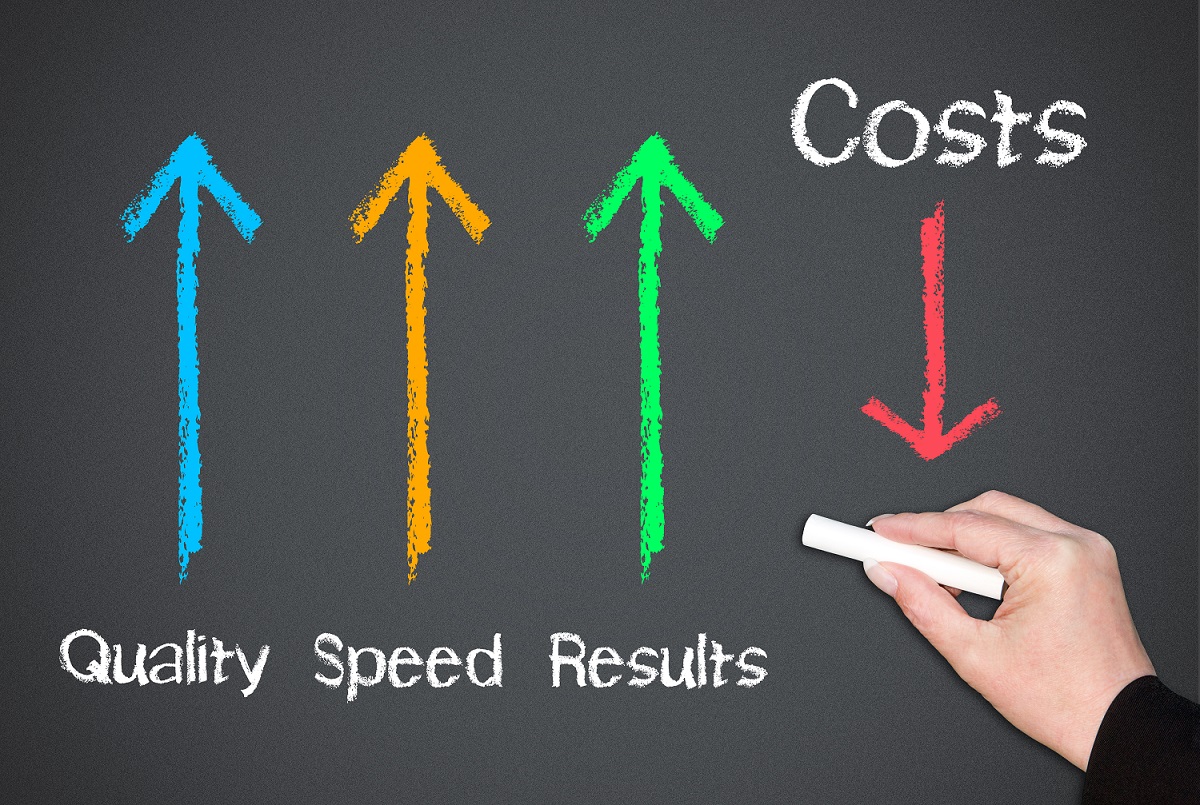In the rapidly evolving landscape of modern business, the need for strategic decision-making has never been more pressing. Cost optimization projects stand at the forefront of this imperative, promising not just savings but also the potential for transformative growth.
Yet, successfully navigating the complexities of these initiatives requires more than just intuition; it demands a compelling business case and precise benefit estimates. This comprehensive manual delves into the intricacies of crafting robust business cases and accurate projections for cost optimization efforts.
From understanding the fundamental principles to employing sophisticated analytical techniques, this guide aims to empower leaders with the tools needed to articulate value, drive stakeholder engagement, and ultimately, secure essential buy-in. Whether you’re a seasoned executive or a project manager stepping into the realm of cost efficiency, the insights contained within these pages will help illuminate the path toward sustainable business practices and enviable financial performance.
Understanding Cost Optimisation

Cost optimisation is a strategic approach that aims to enhance the efficiency and effectiveness of resource utilization within an organization. By meticulously analyzing existing expenditures and identifying areas ripe for improvement, businesses can unlock new avenues for savings while maintaining or even boosting their operational performance.
This multifaceted process transcends simple cost-cutting measures; it involves a comprehensive examination of workflows, resource allocation, and value delivery — all undertaken with an eye towards sustainable growth. Companies often encounter challenges, such as resistance to change or difficulty in quantifying benefits, yet these hurdles can be overcome with a solid business case that communicates the potential impacts.
Achieving true cost optimisation requires a collaborative mindset, where insights from various departments converge to foster innovative solutions that serve both short-term needs and long-term strategic goals. Ultimately, understanding cost optimisation equips leaders to make informed decisions that drive value, cultivate resilience, and sustain competitive advantage in a rapidly evolving marketplace.
Building a Strong Business Case

Building a strong business case is a pivotal step in the journey toward successful cost optimization projects. It goes beyond mere numbers; it’s about weaving a compelling narrative that resonates with stakeholders and decision-makers alike.
To achieve this, one must first identify the core objectives that the project seeks to address—whether it’s reducing operational costs, enhancing efficiency, or improving service quality. Integrating quantitative data with qualitative insights paints a comprehensive picture, illustrating potential returns on investment while also acknowledging risks.
Moreover, engaging various departments early on fosters collaboration, providing diverse perspectives that strengthen the argument. In essence, a well-rounded business case not only presents a clear plan but also ignites enthusiasm and commitment, ensuring that everyone is on board and excited for what lies ahead.
Benefit Estimation Techniques

Benefit estimation techniques are essential in crafting a robust business case for cost optimisation projects, serving as the compass that guides decision-makers through the often murky waters of financial forecasting. Various methods can be employed, each bringing its strengths and nuances to the table.
For instance, the Net Present Value (NPV) calculation offers a clear picture of future cash flows in today’s terms, allowing stakeholders to grasp the long-term viability of an initiative. On the other hand, scenario analysis delves into the “what-ifs,” providing a spectrum of potential outcomes that can assist in risk assessment and strategic planning.
It’s also vital to incorporate qualitative factors—such as customer satisfaction and employee morale—into the equation, as these can significantly sway the overall impact of a project beyond mere numbers. By blending quantitative methods with qualitative insights, organisations can forge a holistic view that not only justifies investment decisions but also champions the cause of continuous improvement in cost management strategies.
Conclusion
In conclusion, developing a robust business case and precise benefit estimates for cost optimization projects is crucial for driving informed decision-making and fostering sustainable growth. By systematically analyzing potential cost reduction strategies and their anticipated impacts, organizations can ensure that they allocate resources effectively and align their initiatives with broader business objectives.
The comprehensive approach outlined in this manual empowers stakeholders to navigate the complexities of cost optimization, ultimately paving the way for enhanced operational efficiency and long-term success.
Embracing these best practices not only facilitates the realization of immediate financial benefits but also positions businesses to respond adeptly to future challenges in an ever-evolving marketplace.


